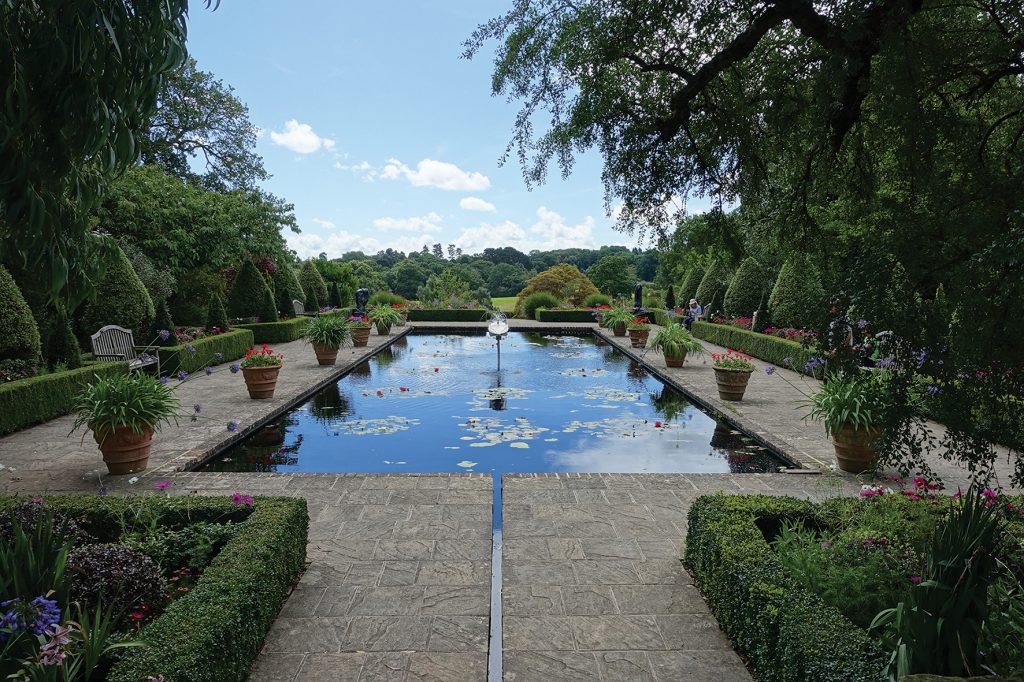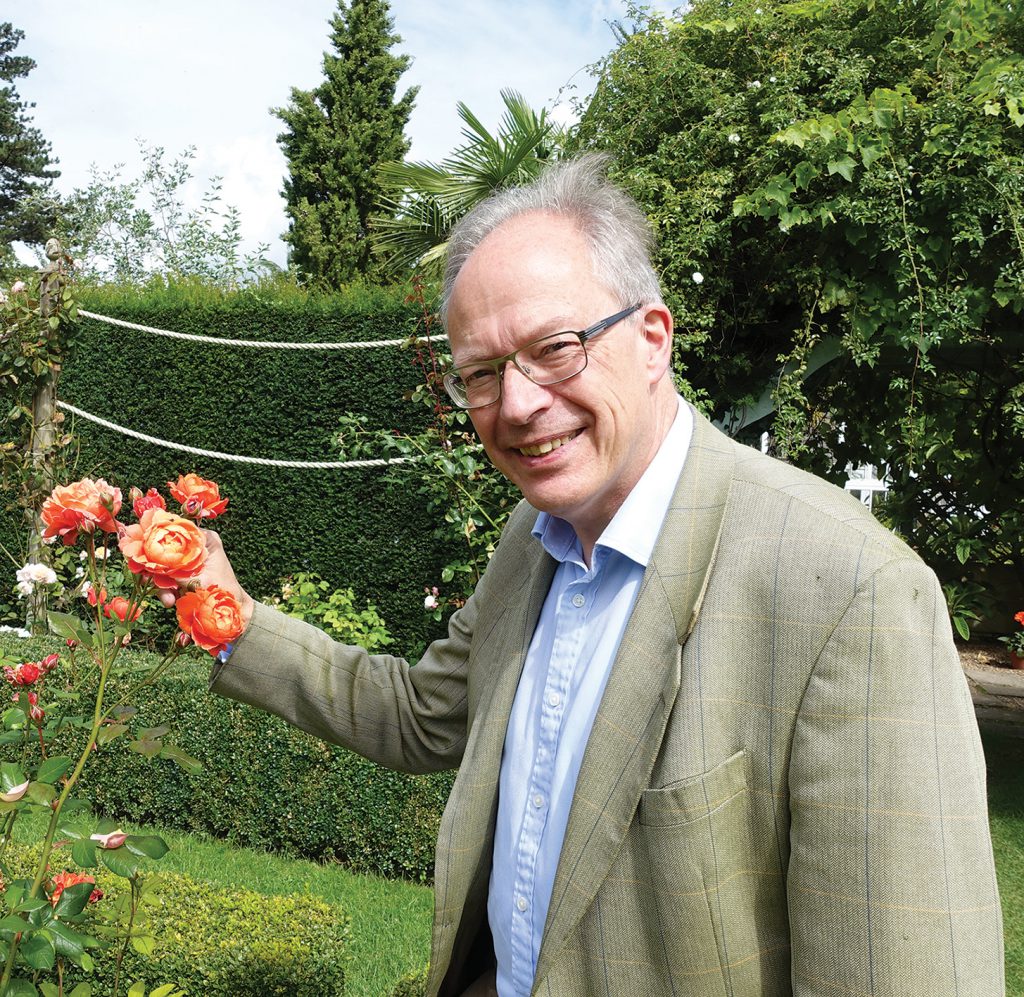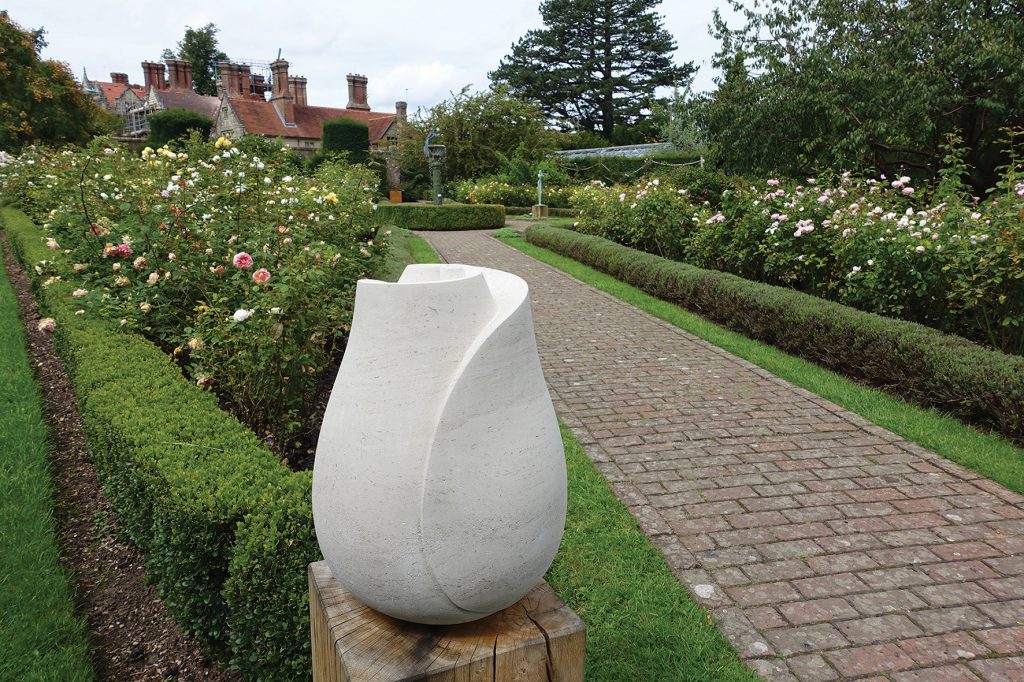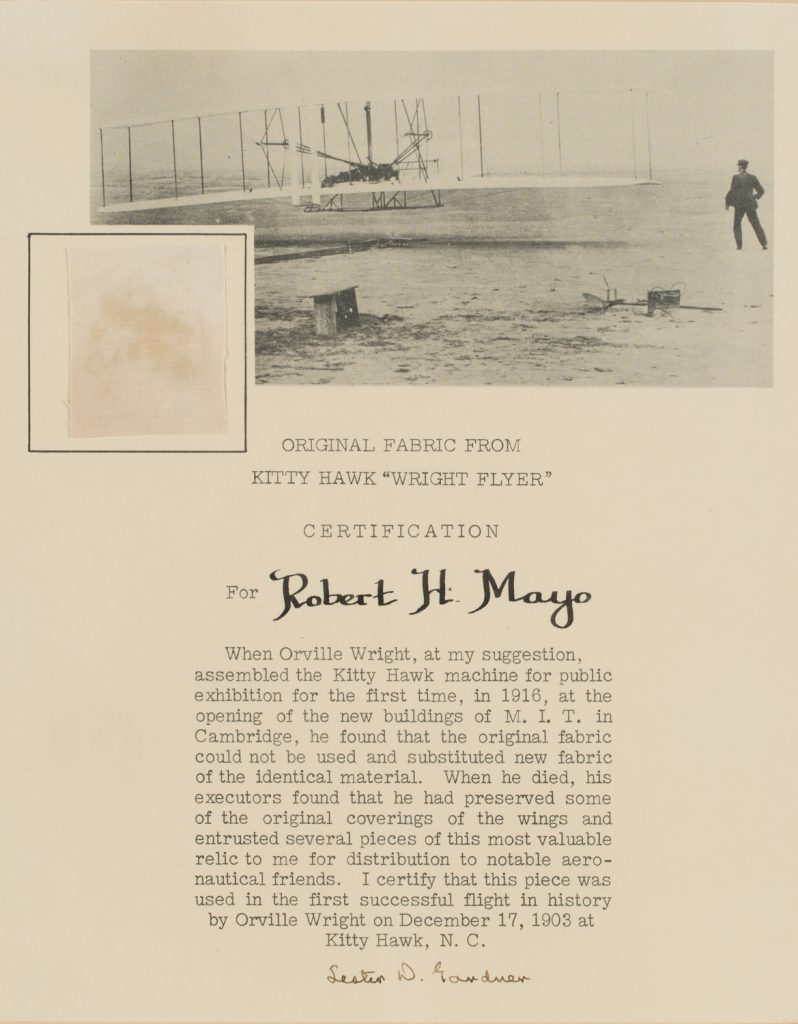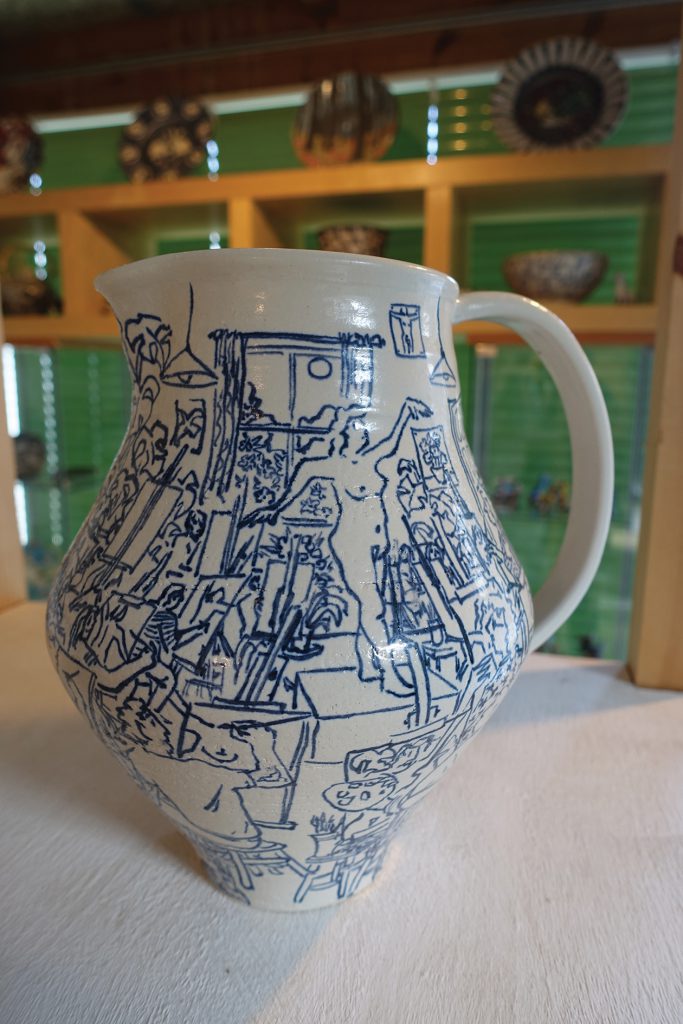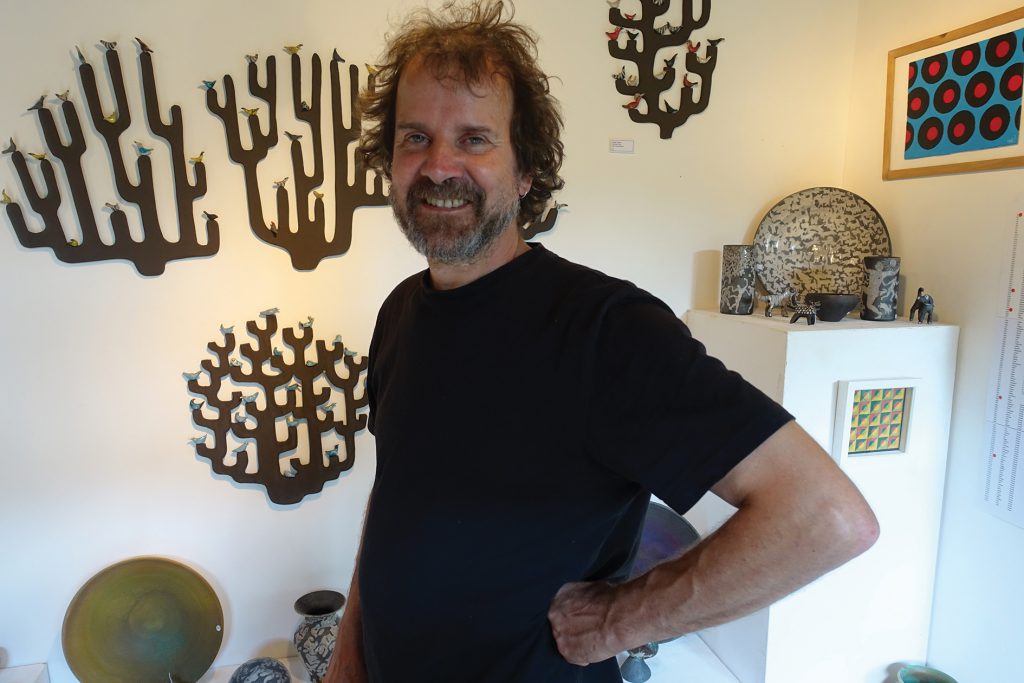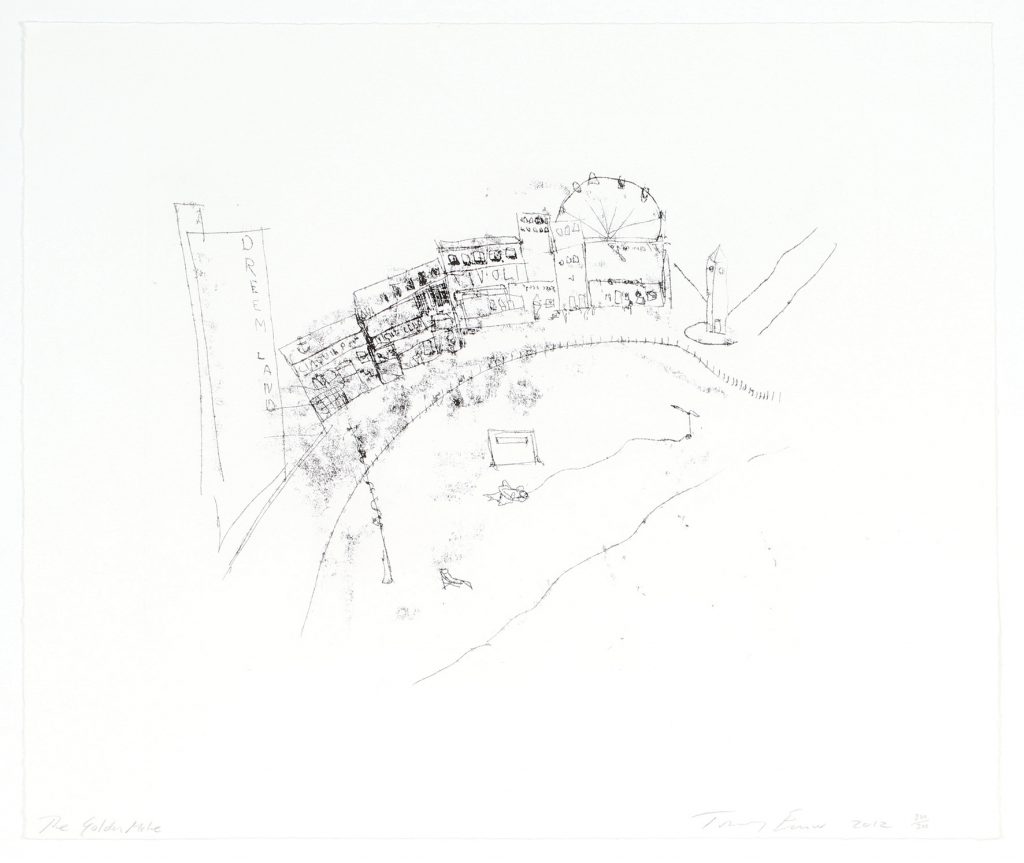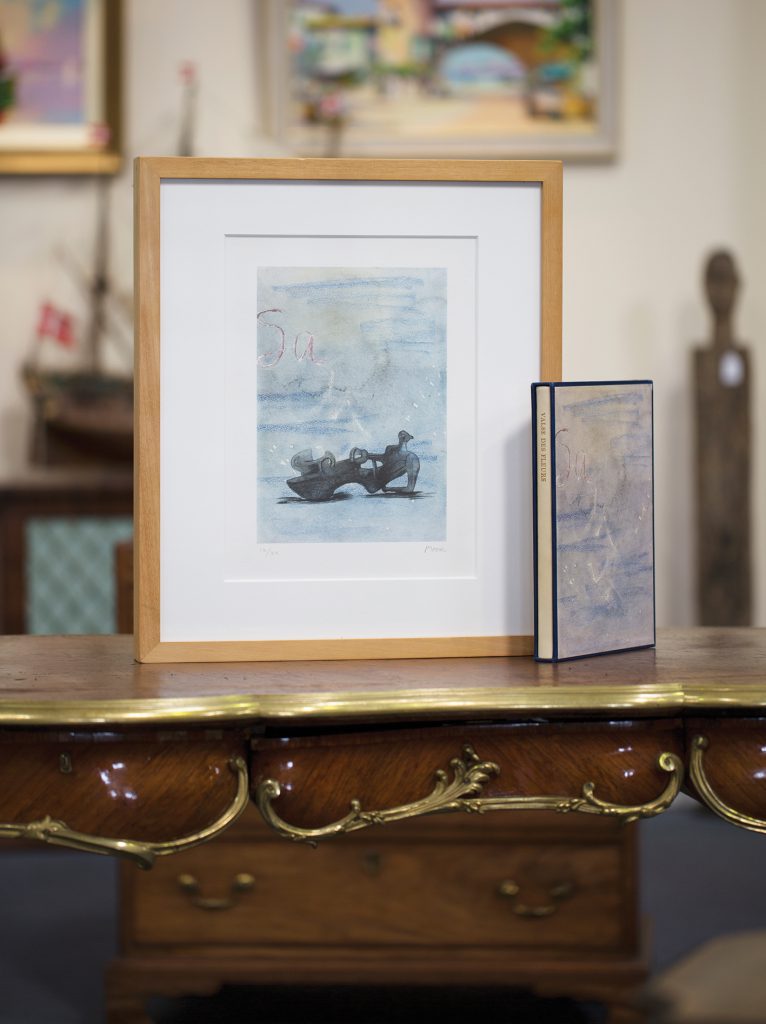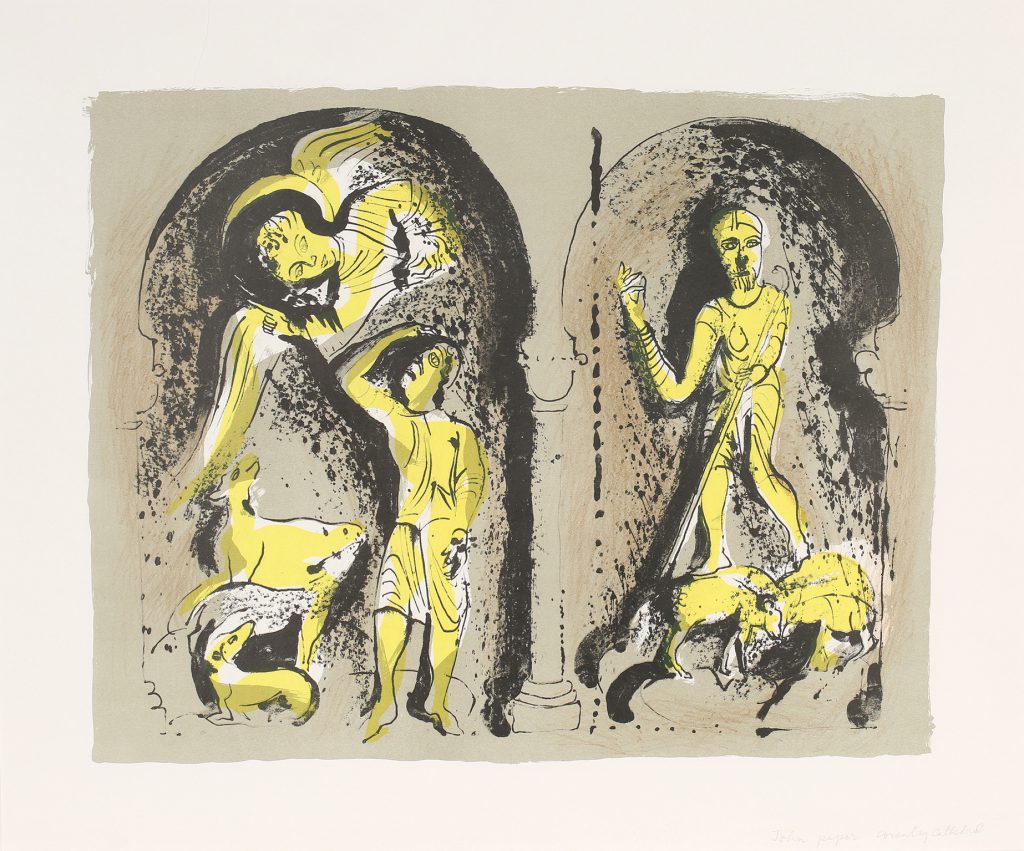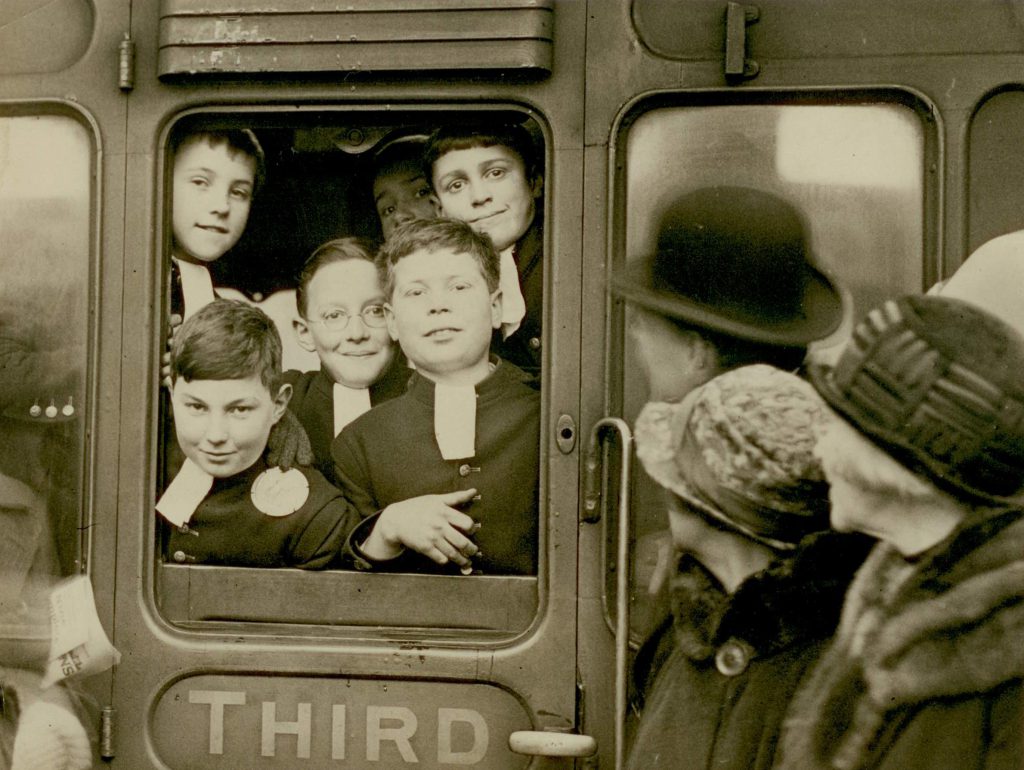
Those of us with children have been reliving that back to school feeling this last weekend and sharing memories as uniforms and books are laid out in preparation for the new academic year after the long summer holidays.
Shared stories bind communities together. Christ’s Hospital’s story is encapsulated in its traditions and history and preserved in its museum, art and collections. The museum’s current exhibition ‘Christ’s Hospital in the 20th Century’ charts the school’s history during the last century and has been curated by Laura Kidner.
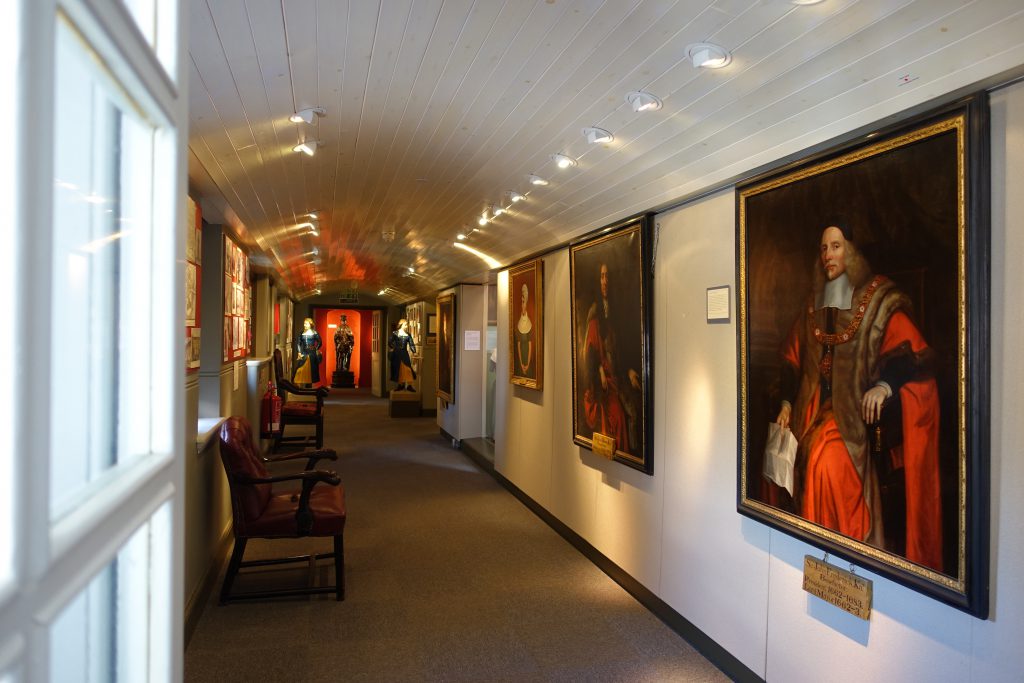
Christ’s Hospital can trace its history back to 1552. Edward VI’s role as patron and founder was enshrined in a Royal Charter shortly before his death in 1553. It is said that the young monarch was inspired to help the poor of London by a sermon given by the then Bishop of London.
The 20th century saw dramatic change for Christ’s Hospital. In 1902 it moved from its cramped London site, where it had been for some 350 years, to its current rural campus near Horsham.
My eye is taken by a photograph in the exhibition. There is little sign of a back to school feeling in the faces of the boys on the train, rather they express anticipation and excitement as they set off for Christ’s Hospital Station, perhaps for the very first time.
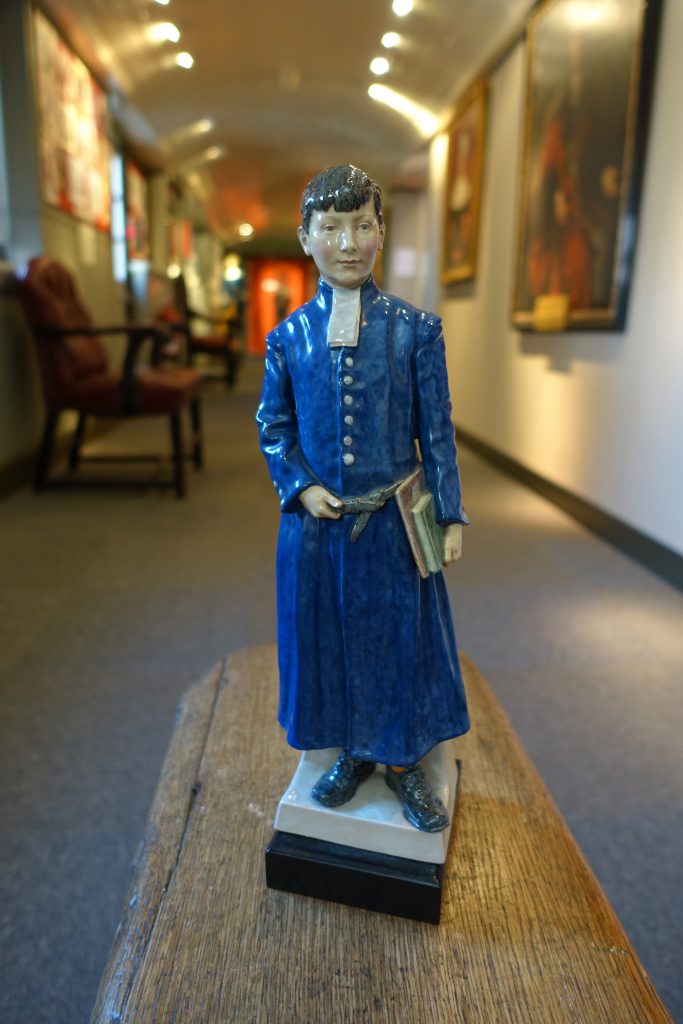
Also on display is a rare earthenware figure modelled by Harry Parr in Chelsea in 1929. It depicts a Christ’s Hospital boy wearing the famous Bluecoat uniform. The uniform has changed little since Tudor times. The long blue coat, belted at the waist is worn with matching knee breeches, yellow socks and white neck bands. It is still considered an important part of the school’s history and heritage by the students. The uniform is given to all students reflecting the school’s earliest history when clothes for the children of Christ’s Hospital were provided by the people of the City of London.
Today’s Christ’s Hospital is in many ways unique offering an independent education of the highest calibre to children with academic potential from all walks of life. It is a child’s ability and potential to benefit from a Christ’s Hospital education that determines their selection not their ability to pay. The Christian character of the Foundation and School has remained a constant in the life of Christ’s Hospital for over four and a half centuries. These values are at the heart of our nation.
For more than a century Christ’s Hospital has added to the richness of the Horsham District and remains a working school dedicated to preparing young people to flourish and contribute to our society in a changing world.
Laura Kidner is to be congratulated on this excellent exhibition. For opening times and more information on ‘Christ’s Hospital in the 20th Century’ contact the Christ’s Hospital Museum at chmuseum@christs-hospital.org.uk or telephone 01403 247444.
By Rupert Toovey, a senior director of Toovey’s, the leading fine art auction house in West Sussex, based on the A24 at Washington. Originally published in the West Sussex Gazette.
